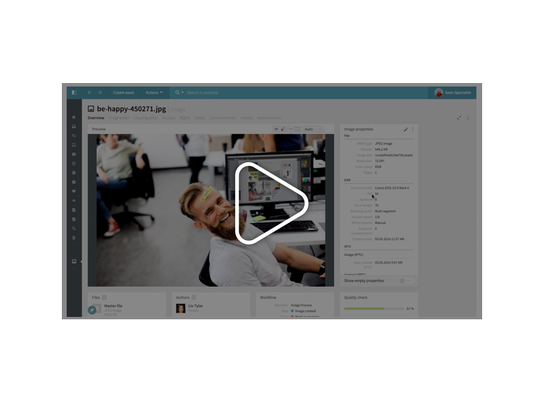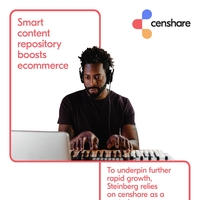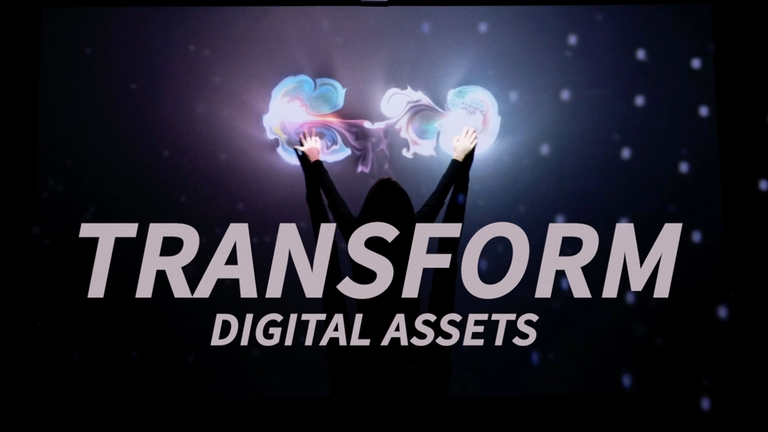What is Digital Asset Management?
Digital Asset Management is a system that enables you to store and manage all types of digital files that your company produces in one central location. Commonly used digital asset types include images, graphics, video, audio, text documents, presentations, 3D files, and more.
There are several DAM providers available with varying levels of capabilities (and costs), so it’s important to keep your specific organization’s needs and use cases in mind as you research your options.
Looking for strategic advice on your DAM implementation?







